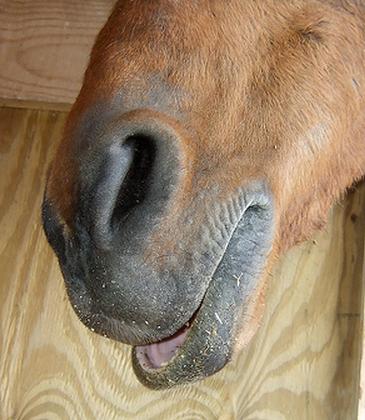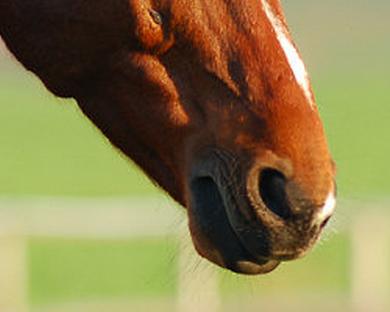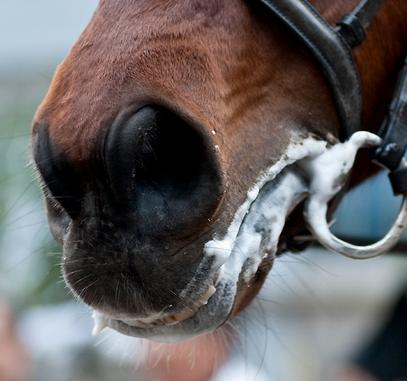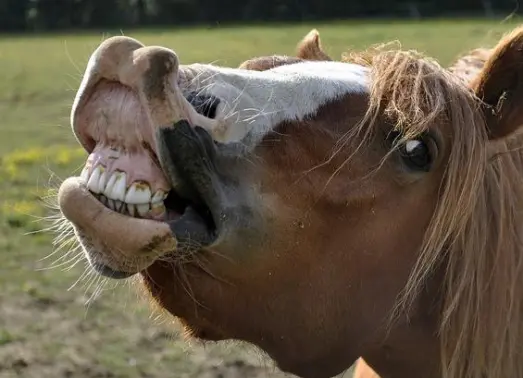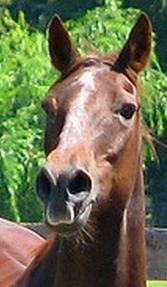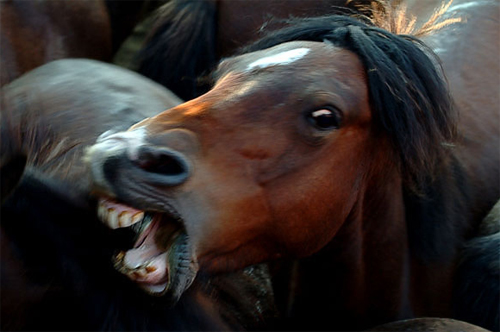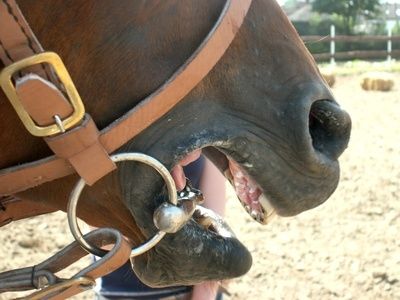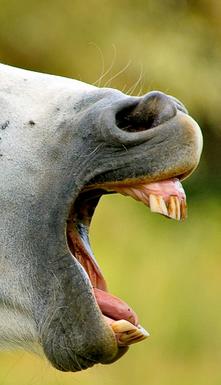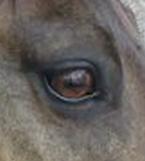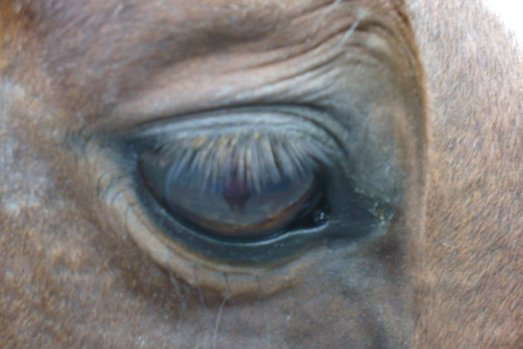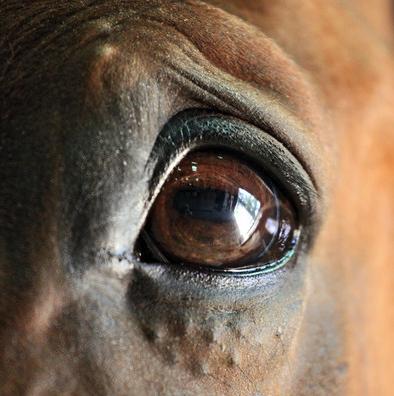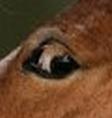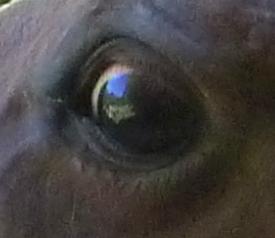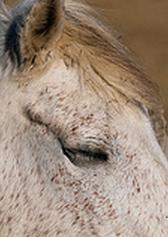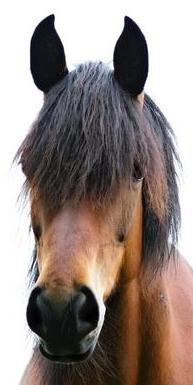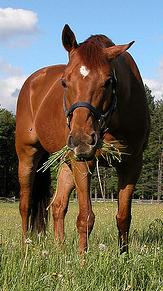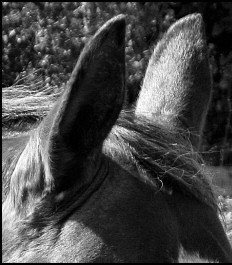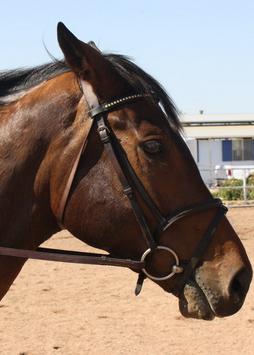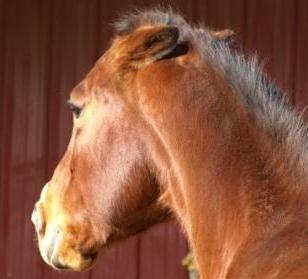To be a good horseperson you have to learn to listen to your horse. Horses are very good at communicating with us, if we know what to look for. Body language is the main way your horse talks to you, so you need to understand it to be able to respond. In this post, we will look at some of the ways that a horse uses his muzzle to tell us how he is feeling.
Relaxation
When your horse is very content and relaxed, you may see his lower lip sag. I see this a lot when I give GQ a nice long rub down with a rubber curry. He loves the way it feels and he often lowers his head and his lip droops. This can also happen when they are napping, so if you aren’t actively working with your horse and you see this, make sure to let him know you are there so you don’t spook him! You will also see their lip sag if they are sedated by the vet for anything like dentals, sheath cleaning, etc.
Tension
Sometimes this is a very subtle change, which is why its important to know what is normal for your horse. If you happen to notice your horse tightening the muscles in his muzzle or pursing his lips, it could be a sign of agitation or stress. If you see this happening, try to give him something else to think about so that the action doesn’t progress into something more severe, like biting or kicking.
Concentration
When your horse chews without having food in his mouth, it is often a good sign. In training it can mean that he is relaxed and concentrating on the task you have given him. If he is working the bit in his mouth, it will encourage saliva production, which is desirable. Sometimes this can cause his mouth to foam, even if he isn’t working too hard.
Flehmen
When a horse lifts his lip up over his nostrils, he isn’t just being silly. He is trapping a strange scent in his nostrils to assess what it is and get more information. Oftentimes you see stallions flehmen if they are determining if a mare is in heat and ready to breed, but any horse will do it with a scent that is unusual to them. There is a structure in the nose called a vomeronasal organ (VNO) through which scent particles travel and help the horse assess what they are smelling.
Nervousness
When a horse flares his nostrils (and he hasn’t just exerted himself excessively), it can be a sign of nervousness or being startled. It is often accompanied by a raised head and sometimes tension in the eye and/or muzzle (notice the pursed lips in the above picture). It is usually a fairly quiet action, but it is best to divert him from it by giving him a different task to focus on so that it doesn’t escalate into something more serious.
Pain, aggression
A horse gaping his mouth open with teeth showing can indicate a number of things. It can be a sign of extreme aggression, as in the first picture. A horse who is this angry has often given several more subtle signs of agitation before resorting to biting, which is why it is important to notice the small things! If your horse is gaping with a bit in his mouth, it might indicate pain. Check to make sure that your bridle is put together properly and that your bit fits your horse’s mouth and isn’t pinching. If that’s all okay, schedule a dental exam to make sure his teeth aren’t hurting. Finally, if you every see your horse gaping with his neck outstretched when he’s eating, he might be experiencing choke, which means his esophagus is obstructed. Take away any uneaten food and call the vet right away.

